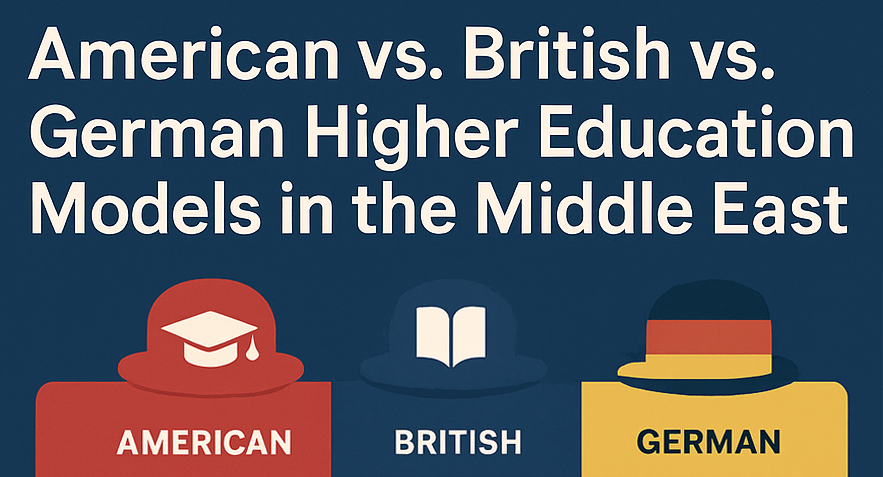
The Middle East has become more than a cultural and economic hub—it’s now a hotspot for international higher education. Universities from the U.S., U.K., and Germany have expanded across the region, shaping the way knowledge is delivered, careers are built, and global networks are formed.But what makes an American, British, or German university in the Middle East different? Let’s break it down.


